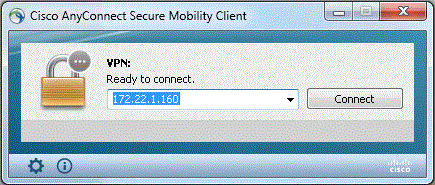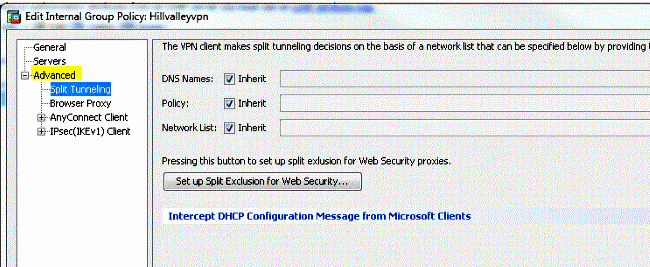The Cisco AnyConnect Secure Mobility Client software is used to establish a secure Virtual Private Network (VPN) between your off-campus computer or mobile device and the campus network in order to grant you access to restricted computing resources at Drexel such as file servers, databases, web sites, and privileged applications.
- If you have network-based access lists that restrict access to your systems from the campus network (i.e., 128.194.0.0/16 and 165.91.0.0/16), you will need to modify your access lists to include 172.31.0.0/16. VPN users will appear to be coming from these networks.
- Jan 14, 2013 Otherwise, AnyConnect will try to connect to the HTTP server and receive the result, 'Use a browser to gain access'.
- Nov 05, 2020 A resource for employees to connect remotely using Cisco AnyConnect VPN (also referred to as RESCUE) or the Citrix Access Gateway (CAG). If you are experiencing problems connecting, please contact the Enterprise Service Desk at 855-673-4357 (TTY: 1-844-224-6186).
This page outlines the steps required to gain access to the SIUC Cisco VPN service.
Step 1:Fill out the SIUC VPN Access Request form in order to request access to the VPN.
This is available on the Network ID Account Management portal at the following location: https://netid.siu.edu.
Step 2: After logging in with your Network ID credentials, select ‘REQUESTS’ at the top of the page, then ‘REQUEST ACCESS’ and check the box next to ‘Include Self’.


Step 3: Select ‘VPN’ in the dropdown next to ‘Default’ and click ‘NEXT’, check the box next to ‘VPN Access’ and click the ‘DONE’ button.
Step 4: VPN access is granted for a period of one year but can be extended by submitting a new request on or before the expiration date.
Step 5: Enter the academic or business purpose that is served by your VPN access in the comments field and click ‘SUBMIT REQUEST’
Please Note: If you are currently employed by the University as Faculty or Staff your request will be automatically approved and you may proceed immediately to the next step. For other users such as students, your request will be reviewed by the Information Security team and you will receive an email either approving or denying your request.
Step 6: LOG OUT of netid.siu.edu and log back in, you will be prompted to configure ‘Duo’ second-factor authentication.
Disable The Captive Portal FeatureIt Is Possible To Disable The Captive Portal Feature In AnyConnect Client Version 4.2.00096 And Later (see Cisco Bug ID CSCud97386). The Administra...
Step 7: Select the type of device you would like to configure as your second authentication factor. Information Security recommends ‘mobile phone’ as the best option for most users.
Once you have completed setup of your second factor device you will automatically receive a notification to your device or be presented with the following login prompt depending on your selection.
*IMPORTANT* As long as you have VPN access you will be required to complete a second factor authentication in order to login to the ID Management portal at https://netid.siu.edu
Step 8: Using a web browser which supports Java, navigate to private.siu.edu. You should see a login prompt similar to that pictured below.
**Mozilla Firefox and Internet Explorer with Protected Mode off are recommended. The only Java that will work is Sun Java.**
Step 9: Log into the SIUC Cisco VPN by entering your SIU network ID (siu85XXXXXXX) in the USERNAME field and your associated password in the PASSWORD field. Click 'Login' after you have entered your credentials.
If the primary authentication is successful, you should see a screen similar to the one below. You will now be prompted to authenticate with DUO.


Step 10: Ensure your phone number is displayed in the Device: field. Select one of the three available authentication methods.
- Duo Push = sends a push notification to the DUO application on your phone
- Phone call = calls your phone with a code
- Passcode = allows you to enter an SMS passcode sent to your phone via SMS
Cisco Anyconnect Web Authentication Required

Duo Push is the recommended method of authentication. Select 'Duo Push' radio button and click 'Log in'.
Cisco Anyconnect Web Portal
Step 11: You will receive a notification on your mobile device, asking you to Approve or Deny the login request. Select 'Approve' if the request is from a recognized source.
Technical Support & Documentation - Cisco Systems
You are now be logged in to the SIUC Cisco VPN.
